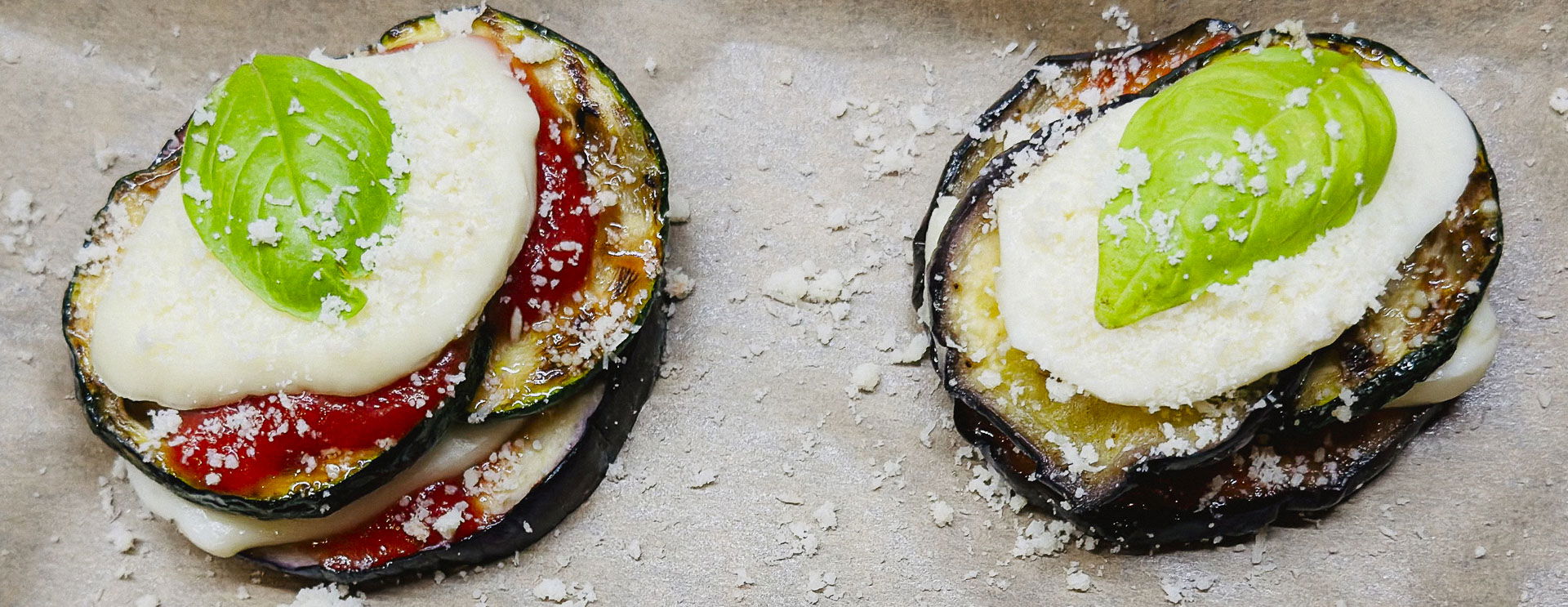
Eggplant Parmigiana – summer on a plate
- Wash the eggplants, cut them into half-a-centimeter-thick slices, and add a bit of salt to release the liquid and bitterness.
- Meanwhile, prepare the tomato sauce: finely chop the onions and fry them in olive oil until they get soft. Add the crushed garlic and fry it briefly. Add the tomato sauce, salt and pepper and simmer at low heat for about 15 minutes.
- Squeeze the excess liquid out of the eggplants and dry them on a kitchen towel. Cover the baking dish with baking paper and spread the eggplant slices on it. Cover them with olive oil and bake for about 5 to 10 minutes at 180 °C. Leave them to cool down a bit.
- Now you can start assembling the parmigiana: on a slice of eggplant put some tomato sauce, then a fresh basil leaf, then a slice of mozzarella, and a bit of grated parmesan. Repeat the procedure two more times. Assemble such small "towers" until you use up all the ingredients. Put the parmigiana shortly in the oven, until the mozzarella melts. You can eat it warm, but it is also delicious when it cools down. Enjoy!
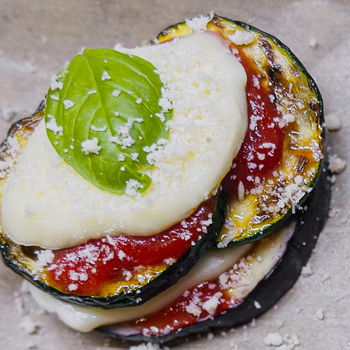 Parmigiana is one of the most famous specialties of Italian cuisine, and as it usually happens, three Italian regions - Sicily, Campania, and Emilia-Romagna - are "fighting" over its origin. Today, with smaller or bigger variations, it is prepared all over Italy, but also in the world, where it is increasingly making its way and standing next to pizza and pasta dishes.
Parmigiana is one of the most famous specialties of Italian cuisine, and as it usually happens, three Italian regions - Sicily, Campania, and Emilia-Romagna - are "fighting" over its origin. Today, with smaller or bigger variations, it is prepared all over Italy, but also in the world, where it is increasingly making its way and standing next to pizza and pasta dishes.
The origin of the name "Parmigiana"
As with many other famous dishes, the origin of the name is not entirely clear, nor unique. In this case, there are two main assumptions - one attributes this dish to Sicily, and the other to the Italian city of Parma.
The first theory says that Parmigiana got its name from one of its main ingredients - the cheese Parmigiano Reggiano. Apart from that, the adjective "parmigiana" was used in Italy until the 16th century to describe the cuisine typical for the region surrounding the city of Parma.
The second theory, that places Parmigiana in Sicily links this dish to a word from the Sicilian dialect - "parmiciana". This term is used for wooden shutters that, with their parts, resemble stacking the slices of eggplant in layers of Parmigiana.
However, not only Emilia-Romagna and Sicily are fighting over the name of this favorite dish, but also the city of Naples, which would be happy to add it to the list of its many delicacies. It bases its claim on the cookbook "Cuoco galante" written in 1733 by Vincenzo Corrado, the chef of wealthy aristocratic Neapolitan families. However, the recipe described there is miles away from today's Parmigiana, and the ingredients are not eggplants, but zucchini seasoned with butter and Parmesan cheese.
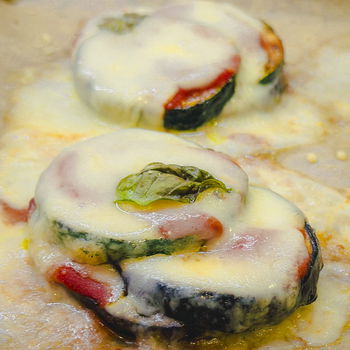 Ingredients of Parmigiana
Ingredients of Parmigiana
The main ingredient of Parmigiana is, of course, eggplant, and since they came to Sicily before the rest of Italy, it lends legitimacy to this theory. In this dish eggplants are used fried and combined with tomato sauce and cheeses – depending on the region, they can be mozzarella, ricotta, parmesan, but also scamorza and pecorino. The recipes also differ in the method of pre-preparation of the eggplants - sometimes they are just briefly 'turned' in a pan, somewhere they are fried in deep oil, and somewhere, coated with olive oil, in the oven.
In Sicily, in addition to the listed ingredients, they are adding hard-boiled eggs cut into slices, while in Naples they fry the eggplants after dipping them in a tempura-like mixture.
Whichever recipe you decide on, you will definitely make your Parmigiana successfully and make it become your favorite summer recipe. It can be eaten warm, but it's also great cold, the next day. With some green leafy salad, it is a complete and healthy meal.
Latest Recipes
We bring you tried and tested recipes of our favorite dishes, culinary tips, and suggestions on how to best combine spices and ingredients for a complete sensory experience.
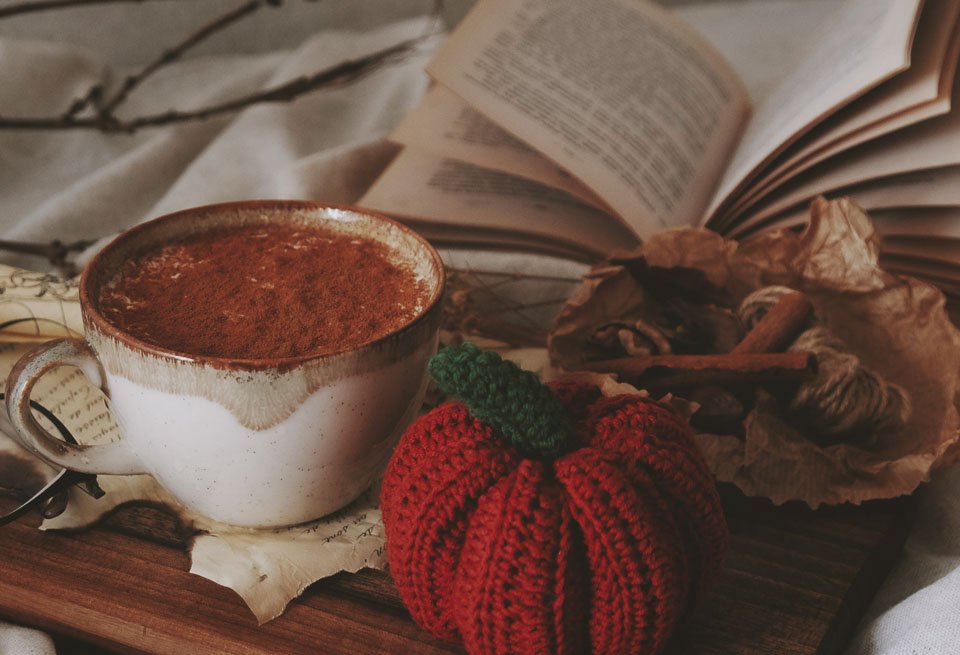
Pumpkin spice latte - The finest coffee with pumpkin flavor
Welcome the first days of autumn with the finest homemade pumpkin spice latte drink bursting with the scents and aromas of autumn.
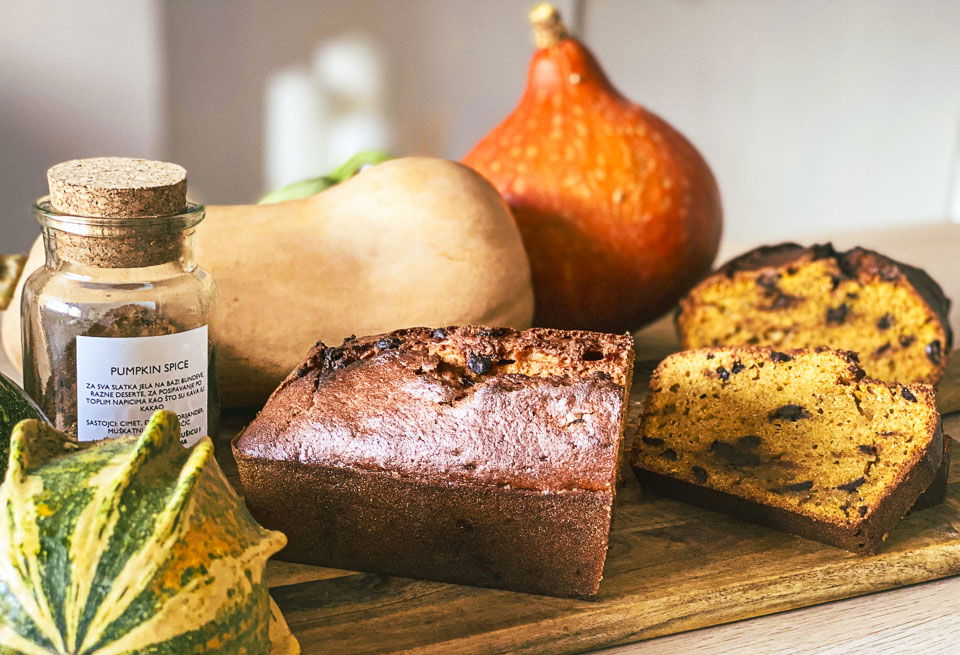
Pumpkin spice and everything nice!
Intoxicating, aromatic, layered and warm!
